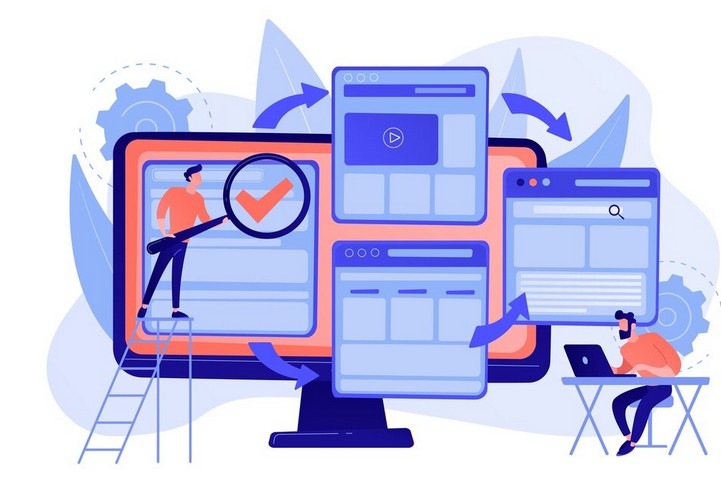While revamping aging business systems, rigorously testing new components minimizes disruption risks before deployment. We explore best practices to confirm that stability, seamlessness, and security meet standards throughout the transformation process.
The Role of Testing
Complex legacy platforms with years of patchwork face unpredictable behaviours when undergoing upgrades. Thorough validation ensures alterations integrate smoothly without introducing defects. Structured testing from ModLogix confirms revamped solutions uphold capabilities across:
- Functionality – All features work without regression, including edge use cases.
- Data Integrity – No corruption, losses or miscalculation through changes.
- Performance – Acceptable response times under peak loads sans degradation.
- Scalability – Handles increasing users, transactions and information volumes.
- Resilience – Understands stresses and recovers correctly from failures.
- Security – No fresh vulnerabilities or gaps allowing unauthorized access.
Frequent testing across the transformation timeline prevents realizing issues in late crimping projects and adoption after launch.

Key Testing Strategies
The United States government spends more than $100 billion annually on information technology. The majority of that will go toward running and maintaining current systems, including older ones known as “legacy” systems. These systems can be expensive to maintain and are open to intrusion by hackers. Companies also spend a lot of money on maintaining outdated software, so in some cases it’s better to update it and test it well. Testing suites combine tactics exposing different flaws:
Unit Testing
Validates individual code components like functions or API endpoints in isolation to verify correctness before integration. Tests all execution paths, including exceptions to validate robust logic.
Integration Testing
Confirms different modules are interacting cohesively by testing end-to-end flows like retrieving data, processing results and storing appropriately. Verifies seamless data exchanges between modernized and legacy elements.
Performance Testing
Stresses responsive behavior under simulated production workloads, checking application behavior from minimum to peak levels for hardware right sizing needs to ensure acceptable service levels in the future.
Security Testing
In addition to static analysis identifying code vulnerabilities, ethical hackers probe defenses through simulated attacks to exploit gaps before exposures occur in production. Tests adaptive threat models.
Zero Downtime Deployments
Transitioning end users to updated environments without availability gaps needs orchestration:
- Phased Rollouts – First shift internal teams. Monitor for issues before full launch. Feature flags help test visibly in production by controlling access.
- Staged Migrations – Transfer subsets of records first to confirm seamlessness, followed by entire datastores. No last-minute surprises.
- Performance Buffers – Ensure capacity headroom allows smooth intake as traffic ramps to legacy levels.
- Backout Plans – Quickly revert changes in case of unforeseen architecture and data anomalies post-launch. Backup key configuration and data state pre-change.

Continuous Validation
Testing cannot remain a one-time pre-launch activity for legacy upgrades. Organizations implementing continuous practices most sustainably assure high quality through ongoing confirmation that software changes integrate smoothly in production without creeping issues.
Monitor in Production
Actively tracking service metrics post-deployment provides visibility into potential regressions for rapid response by flagging abnormal resource usage, data anomalies and platform behaviors compared to baselines. Monitoring production workloads beats guesses.
User Feedback Loops
Open clear channels for various user groups to report challenges facing adoption like latency, UI gaps, calculation differences or abrupt failures. Rapidly addressing frustrations through incremental adjustments, even custom fixes, increases satisfaction and smooths modernization.
Periodic Regression Testing
Over the years, sporadically re-exercise critical integration flows, operational scale qualifications, etc., against the latest production usage patterns to proactively uncover gaps before reaching crisis levels. Testing against simulated data misses practical quirks.
Continuous practices increase reception and value realization from legacy upgrades by dedicating tailored sustenance to ensuring reliable operations. Testing helps tame unpredictable ripples from progressing platforms, which would otherwise accumulate as technical debt.

